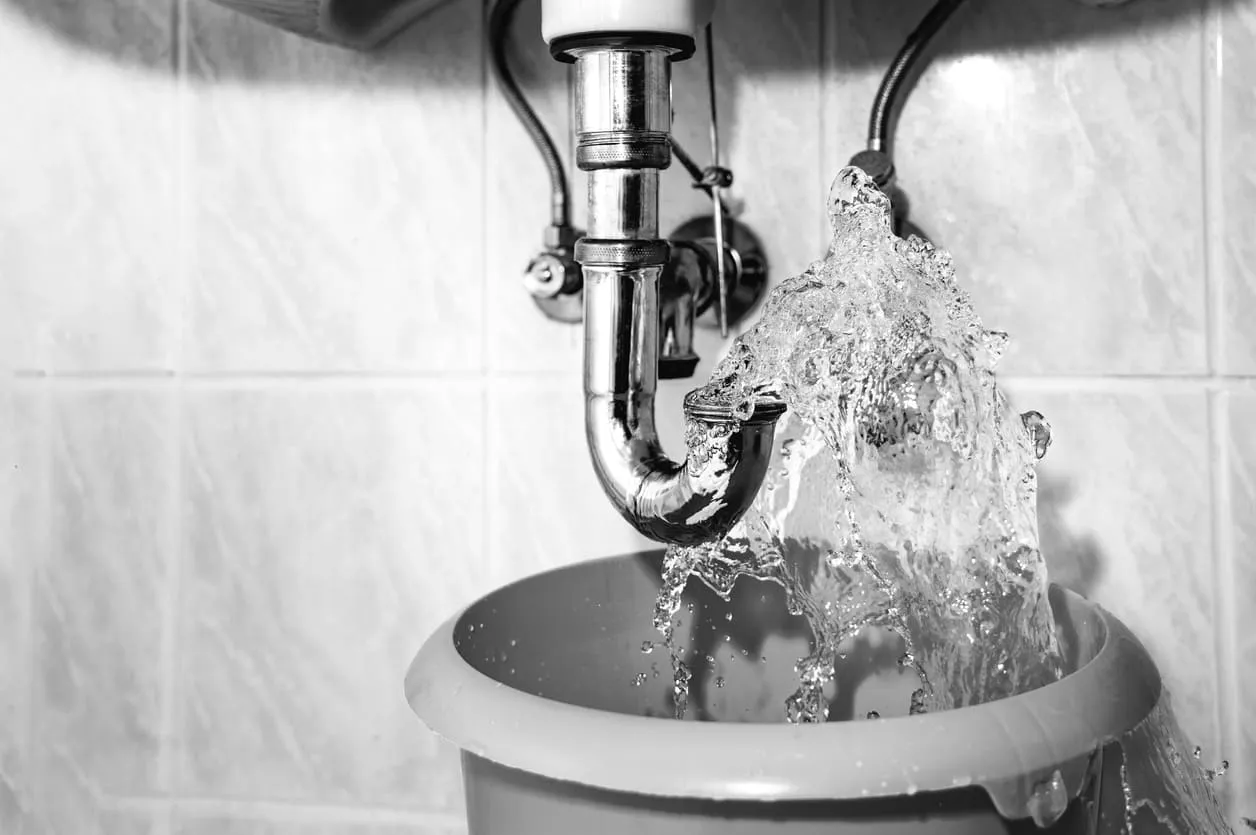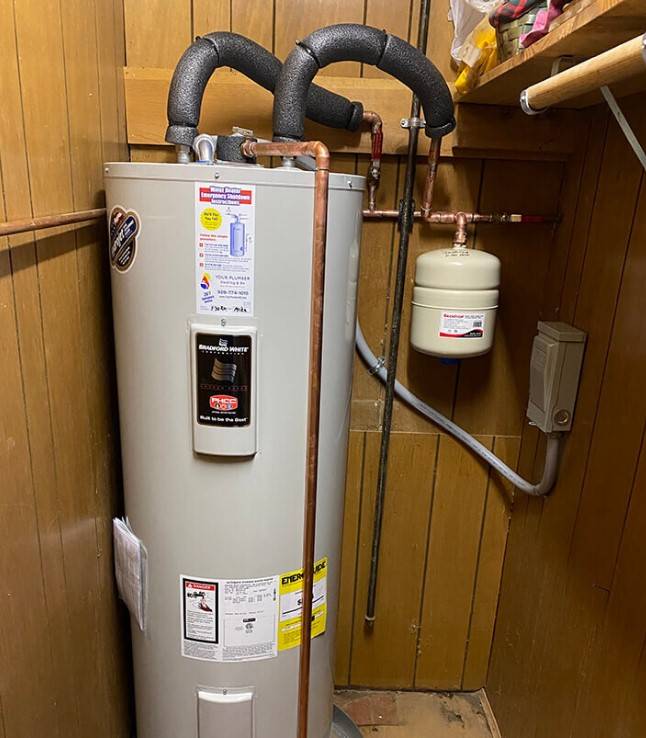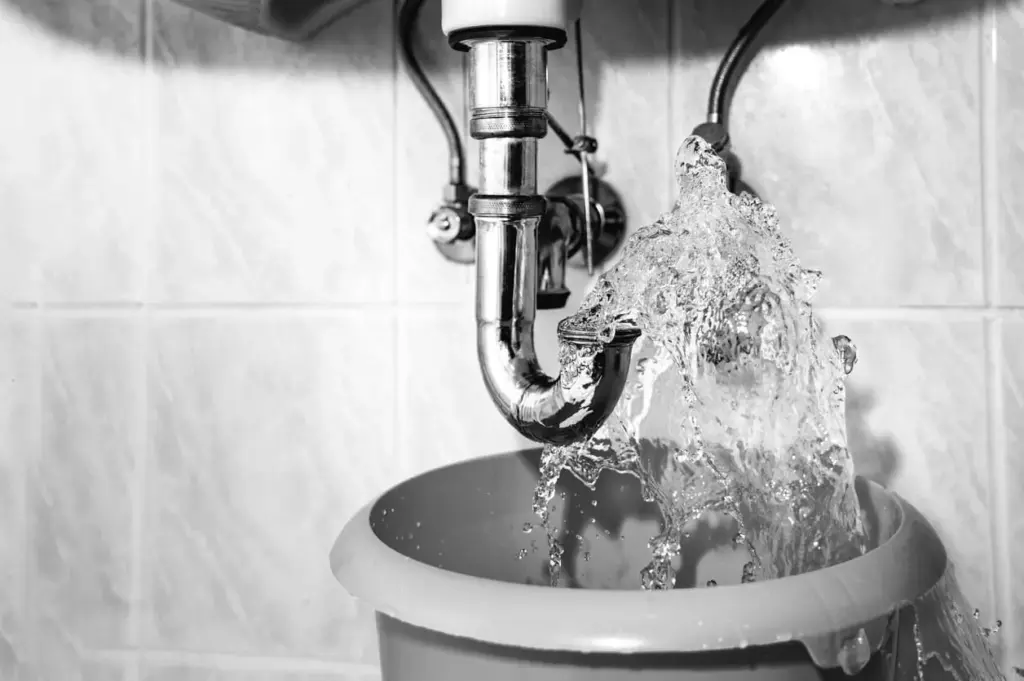Steps to Prevent Plumbing Emergencies in Your Home
Plumbing problems are one of those things that most people don’t think about until something goes wrong. You wake up to get ready for work, only to find there’s no hot water. Or worse, you come home from a weekend trip and discover water all over the floor because a pipe burst while you were away.
Moments like these are stressful, expensive, and disruptive. A plumbing emergency can put your entire household on hold while you scramble to find a plumber and deal with damage to your property. But here’s the good news: most plumbing emergencies don’t just appear out of nowhere. They usually build up slowly over time through neglected maintenance, small leaks that are ignored, or seasonal changes that weren’t prepared for.
With some simple preventive steps, you can avoid the majority of plumbing disasters. Not only will this save you money in repairs, it will also give you peace of mind knowing that your home is better protected.
Why Prevention Matters
Think of your plumbing system as the circulatory system of your home. Water needs to move through pipes, fixtures, and appliances smoothly for your household to function. When that system breaks down, the consequences can be serious: water damage that destroys walls, floors, and furniture; mold growth that creates long-term health hazards; expensive repair bills for burst pipes or faulty appliances; and the lost time and inconvenience that comes when you can’t use your kitchen or bathroom.
Prevention is about being proactive. Instead of waiting for something to go wrong, you take steps now to protect yourself from headaches later. Just like changing the oil in your car prevents engine failure, maintaining your plumbing keeps everything working properly.
Step 1: Inspect for Leaks Regularly
Small leaks may not seem like a big deal, but they can become major problems if ignored. Drips under sinks, behind toilets, or in basement corners often go unnoticed until they’ve already caused water damage or encouraged mold growth. Even a slow leak can waste hundreds of gallons of water over time.
To prevent this, make it a habit to inspect for leaks every couple of weeks. Look under sinks for stains, dampness, or warped wood. Check around toilets for water pooling at the base. Examine exposed pipes in basements, garages, and crawl spaces for rust, corrosion, or damp spots. And at night, when your house is quiet, listen closely — sometimes you’ll catch the sound of a drip you’d otherwise miss.
Catching a leak early usually means a quick, inexpensive fix. Ignoring it means you’ll eventually be forced into a bigger, more expensive repair.
Step 2: Avoid Chemical Drain Cleaners
When a drain clogs, most people reach for the store-bought chemical cleaner. It seems easy, but the truth is those harsh chemicals can eat away at your pipes and shorten their lifespan. They also don’t always remove the full blockage, which means the clog often comes back.
Instead, use safer and more effective methods. A plunger works for many small clogs. A plumber’s snake can reach deeper blockages. If you prefer natural solutions, hot water followed by a mixture of baking soda and vinegar often helps with minor build-up. And if clogs happen often, it’s worth scheduling a professional cleaning to make sure the entire system is clear.
Avoiding chemical cleaners protects your pipes, prevents long-term damage, and keeps harmful substances out of your home’s water system.
Step 3: Protect Your Pipes from Freezing
Frozen pipes are one of the most common plumbing emergencies in colder climates. When water freezes, it expands, creating pressure that can crack or burst the pipe. Once it thaws, all that water is released, often flooding basements or damaging walls and floors.
The solution is preparation. Insulate exposed pipes in unheated areas such as basements, attics, or garages. On very cold nights, let faucets drip slightly to keep water moving. Leave cabinet doors under sinks open so warm air can circulate around the pipes. And check for drafts in areas where cold air may blow directly on plumbing lines.
A little planning in winter can save you thousands of dollars in spring.
Step 4: Maintain Your Water Heater
Few things disrupt daily life more than a broken water heater. Suddenly you can’t shower, run the dishwasher, or wash clothes the way you normally do. Like any appliance, a water heater needs care if you want it to last its full lifespan.
Each year, flush the tank to remove sediment that collects at the bottom. This build-up makes the heater work harder and reduces efficiency. Test the pressure relief valve to make sure it’s working correctly. Inspect the area around the heater for leaks or rust. And if your unit is between 8 and 12 years old, start planning for a replacement before it fails unexpectedly.
Regular maintenance not only extends the life of your heater but also keeps your energy bills lower since it won’t be struggling to do its job.
Step 5: Know Your Main Shut-Off Valve
When a pipe bursts, seconds matter. Water can spread fast, soaking floors, walls, and furniture in minutes. The only way to stop the damage is to shut off the main water supply immediately.
Unfortunately, many homeowners don’t know where their shut-off valve is until it’s too late. Find it now. Common places include the basement near where the water line enters the house, on an exterior wall facing the street, or near the water meter. Make sure the valve turns easily and isn’t stuck. Then show every family member how to use it.
This single step could save you thousands of dollars and a major headache during an emergency.
Extra Tips for Everyday Plumbing Care
Beyond the main steps, there are small habits that will keep your plumbing system running smoothly. Never flush wipes or hygiene products, even if they say “flushable.” Use drain strainers in sinks and tubs to catch hair and food scraps before they go down the drain. Keep an eye on your water pressure — if it’s too high, it stresses your pipes and fixtures. And be careful with what goes into the garbage disposal: avoid grease, fibrous foods like celery, and starchy scraps like potato peels.
These may seem like small things, but together they prevent a lot of unnecessary problems.
The Cost of Ignoring Plumbing Maintenance
Some homeowners take the “wait until it breaks” approach, but this usually ends up costing far more. A dripping faucet can waste thousands of gallons of water in a year, driving up utility bills. A neglected water heater can burst, flooding an entire room. Frozen pipes can cause thousands of dollars in property damage within just a few hours.
Investing time in prevention not only saves money, it protects your family’s comfort and safety. Think of plumbing maintenance like insurance: a little effort now pays off in peace of mind later.
Final Thoughts
Plumbing emergencies are stressful, but most can be avoided with regular care and awareness. Inspect for leaks, avoid chemical cleaners, protect your pipes from freezing, maintain your water heater, and know how to shut off your water supply. These steps will keep your home safe, dry, and comfortable.
Your home is one of your biggest investments, and your plumbing system is at the heart of how it functions day to day. A few proactive steps today can keep everything running smoothly and prevent disasters tomorrow.
Take a few minutes to walk through your home and check your plumbing. That small effort now might save you thousands of dollars — and a lot of stress — in the future.




